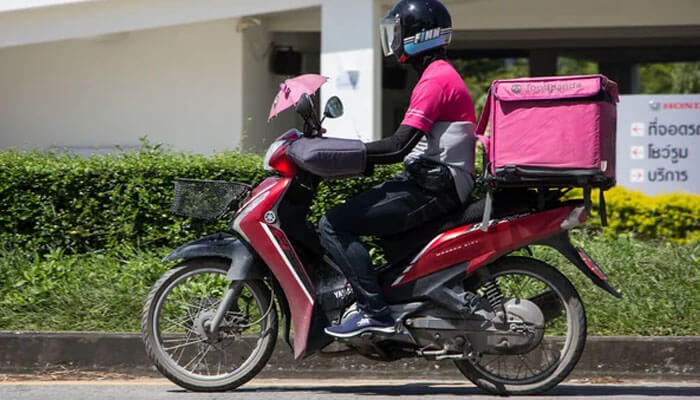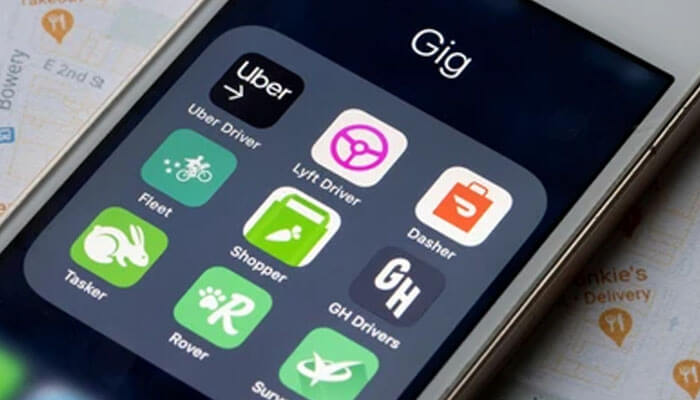In Chapel Hill, North Carolina, Lazarus Limo often begins his day at 10 a.m. ET by transporting customers and delivering food for Uber.
“I usually decide on a minimum amount I should earn by the end of the day. I’m done for the day as soon as I reach my goal, he declared. He told CNN that his typical goal is to make between $200 and $300, and depending on the day, it can take him 8 to 10 hours to reach that goal.
However, that is just his workday Jo.
Limo, a 28-year-old “Dasher,” delivers food orders for DoorDash on the weekends.
He is one of the many millions of Americans who work as independent contractors through services like Uber, Lyft, Doordash, and Instacart. This trend is referred to as the “gig economy,” a term that has gained popularity over the past ten years.
Government statistics on this group of employees are hard to come by. The Bureau of Labour Statistics last collected data on employees with nontraditional work arrangements in 2017. However, according to experts in the workplace, the number of gig workers is increasing and their impact is being felt across the economy. They even speculate that it may be skewing official government economic data. For instance, the availability of jobs via mobile devices may be keeping the national unemployment rate lower than it otherwise would be. According to them, it might also be a factor in preventing bankruptcy for more people by giving those who have just lost their jobs a backup plan.
“Those with access to the gig economy take out fewer loans than those without it. For other people, it might serve as an alternative to debt and a means of navigating uncertain times, according to Louis Hyman, a professor of labor and business at Cornell University. “Society needs to take these various experiences into account.”
Numerous People Make Money Using Online Platforms.
As millions of people sought refuge at home and turned to online delivery during the Covid outbreak, newer, digital-first work platforms like DoorDash and Uber Eats saw a surge in popularity. Recent research suggests that these platforms’ user base has expanded as well. The number of people who report income from platform-based gig work to the IRS has exploded in recent years from just over one million workers to nearly five million, according to a paper published by the University of Chicago in May that tracked earnings through tax filings. This finding is a glaring example of how many more people are using tech platforms to help them make a living.
The Financial Effect
Online gig work has several benefits, despite the fact that many gig workers lack access to perks like employer-provided health insurance or retirement benefits, which come with a typical 9–5 employment.
“It enables individuals to extend their job search. In addition to unemployment insurance, family and friends, and their savings, they have more of a safety net in case they lose their jobs, according to Erica Groshen, a former commissioner of the Bureau of Labour Statistics.
Current economic data may somewhat represent this phenomenon: The unemployment rate has stayed at multi-year lows and is at just 3.6%, despite a general slowdown in economic growth. Additionally, personal bankruptcies are down from pre-pandemic levels. Compared to levels from a few years earlier, there were more than 388,000 non-business bankruptcies between March 2022 and March 2023, according to government data: 2019 saw the filing of more than 750,000 personal bankruptcy cases.



